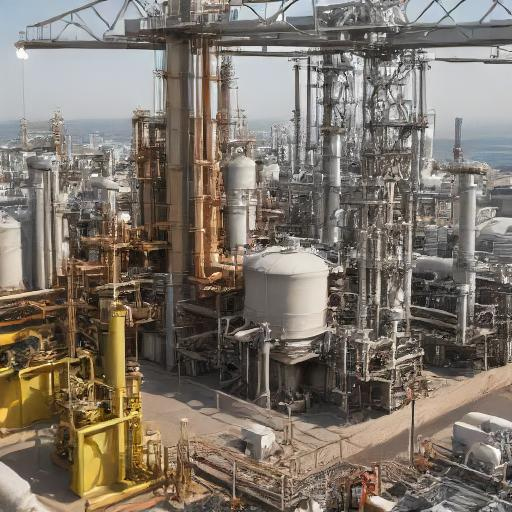The onshore oil and gas industry refers to the exploration, extraction, and production of crude oil and natural gas found beneath the Earth’s surface on land, as opposed to offshore locations in oceans or seas. This sector is a critical component of the global energy supply chain, providing a significant portion of the energy consumed worldwide. The industry involves a complex array of activities, each with its own set of technical, environmental, and economic challenges. Exploration is the first step in the onshore oil and gas lifecycle, where geologists and geophysicists use advanced technologies, such as seismic surveys and satellite imaging, to identify potential hydrocarbon deposits.
Once a likely reservoir is pinpointed, exploratory wells are drilled to test for the presence of oil or gas. If these resources are found in commercially viable quantities, the project moves into the development phase, which involves the engineering and construction of wells and infrastructure necessary for production. The production phase can last for several decades, depending on the size and productivity of the reservoir. During this time, various techniques are employed to maximize the extraction of oil and gas. These can include traditional drilling methods, as well as enhanced recovery techniques like hydraulic fracturing (fracking) and horizontal drilling, which have revolutionized the industry in recent years by enabling access to previously inaccessible resources.
Onshore operations face numerous regulatory, environmental, and social challenges. Regulations governing the industry are stringent, covering aspects from drilling permits and operational safety to environmental protection and decommissioning of wells at the end of their productive life. Environmental concerns are particularly significant, as the extraction and production processes can have substantial impacts on local ecosystems, water quality, and air pollution. Companies must also navigate issues related to land use and the rights of local communities, including indigenous peoples. Economic factors play a pivotal role in the viability of onshore oil and gas projects. The global market for these commodities is subject to volatility, with prices influenced by a complex mix of geopolitical, supply, and demand factors. Consequently, companies must carefully assess the economic feasibility of projects, considering not only the potential revenues from oil and gas sales but also the costs associated with exploration, development, and compliance with regulatory requirements.
Despite these challenges, the onshore oil and gas industry continues to invest in technological innovations to improve the efficiency and environmental footprint of extraction and production processes. Advances in digital technology, automation, and data analytics are being leveraged to enhance decision-making, optimize operations, and reduce costs. In conclusion, the onshore oil and gas industry plays a crucial role in meeting the world’s energy needs, contributing significantly to global economic development. However, it must continuously evolve to address the technical, environmental, and economic challenges it faces, especially as the global community shifts towards more sustainable energy sources.
